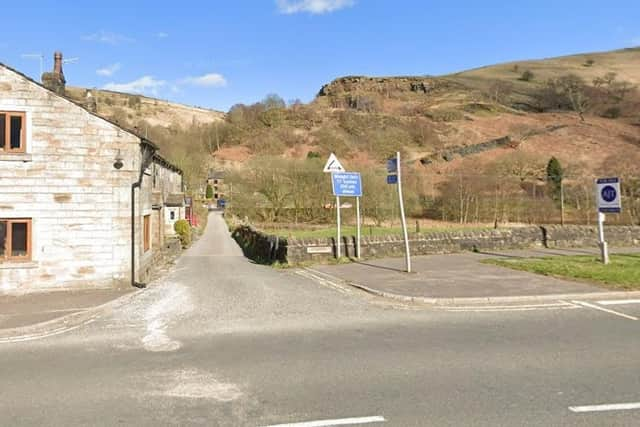Barn conversion in West Yorkshire refused over concerns about rural lane capacity
Paul Frain had applied to Calderdale Council seeking permission to convert Calf Lee Barn at Calf Lee House, Calf Lee Lane, Walsden, into a home.
Council officers’ main concerns boiled down to worries about the impact on highway safety and they admitted it was unusual adding just one extra dwelling to an area would make a difference.
Advertisement
Hide AdAdvertisement
Hide AdBut the route to it was a long, single track and if drivers misjudged the passing places, long stretches of reversing could result, councillors heard.


Highways officers worried it could also entail drivers reversing out onto the main Rochdale Road at its junction with Warland Gate End.
It was route also used by walkers and was a public bridleway which linked to the Pennine Way, said Calderdale Council Planning Committee Chair Coun Colin Hutchinson (Lab, Skircoat).
Highways officer Andrew Dmoch told councillors: “Normally one extra dwelling wouldn’t make a difference, but it’s the particular concerns. It comes to the point where rural lanes have a finite capacity.”
Advertisement
Hide AdAdvertisement
Hide AdCouncillors had made a site visit to see the route for themselves on the morning of the meeting.
Coun Steven Leigh raised concerns about pedestrians and complicated issues potentially created by vehicles meeting on the route.
Mr Frain and Mike Harris, supporting Mr Frain, said they had worked hard to create a sustainable location – another officer concern – including planting thousands of trees around the site.
Mr Harris said they felt adding one dwelling would not be a significant concern.
Advertisement
Hide AdAdvertisement
Hide AdCouncillors heard they had approached the relevant landowners to allow space for two more passing places, adding to 18 they had identified, to be created. Planners had recently allowed another home to be built on the road.
Most traffic used the road at peak times in the morning and afternoon with other visitors arriving at different times, said Mr Harris.
“Therefore the opportunity for vehicles meeting each other is very, very slim in reality,” he said. But councillors were unconvinced the situation would be problem-free and refused the application.
Comment Guidelines
National World encourages reader discussion on our stories. User feedback, insights and back-and-forth exchanges add a rich layer of context to reporting. Please review our Community Guidelines before commenting.